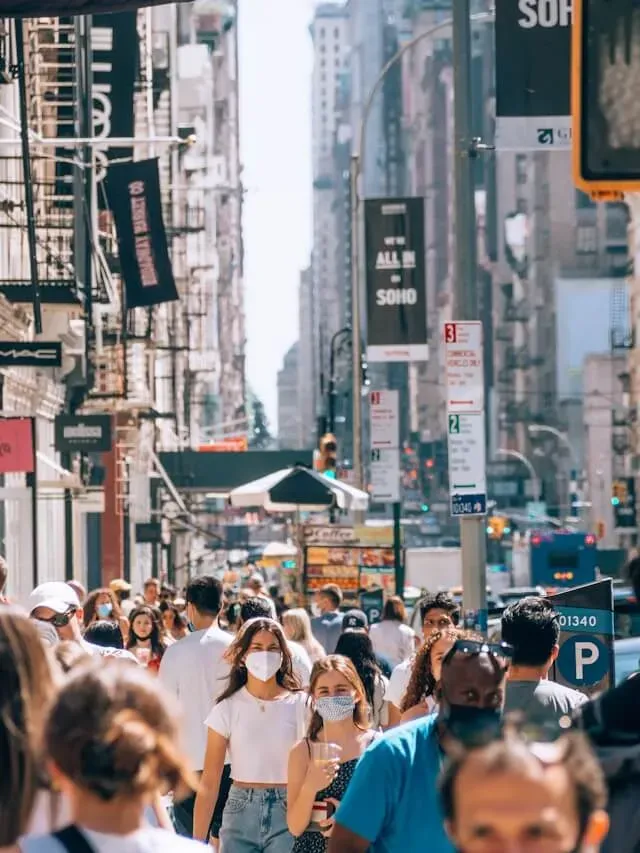
Understanding Collective Trauma: Healing and Moving Forward
Learn proven strategies for mental health professionals to heal collective trauma, mitigate PTSD symptoms, and rebuild community resilience.
Get carepatron free

Learn proven strategies for mental health professionals to heal collective trauma, mitigate PTSD symptoms, and rebuild community resilience.